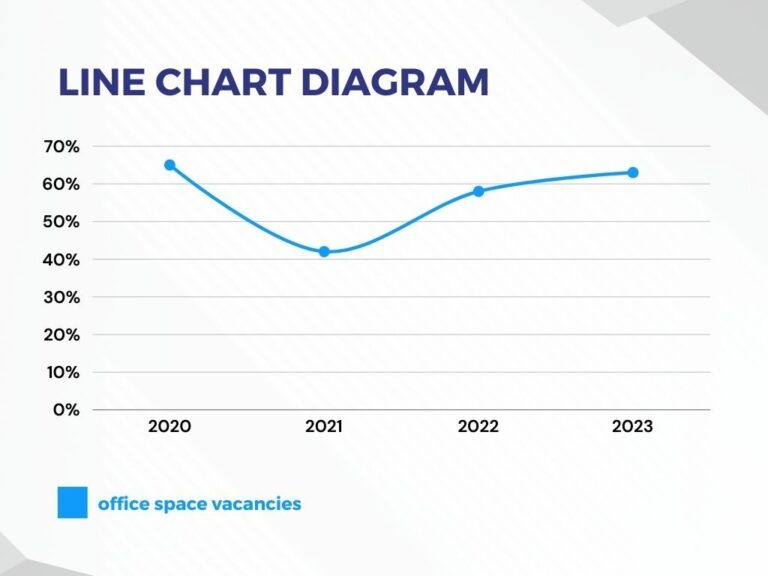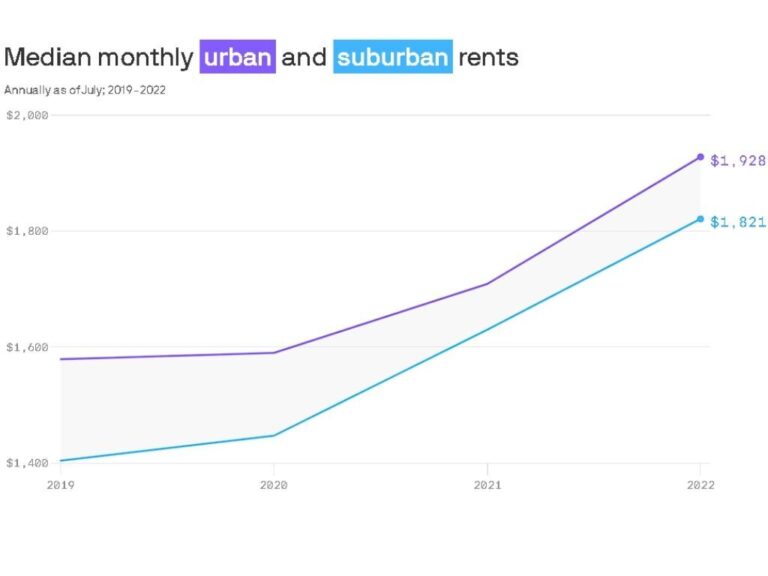The Rise of Remote Work: Impact on Commercial Real Estate
In recent years, a seismic shift has occurred in the way we work. The rise of remote work, accelerated by the global pandemic, has transformed the traditional office landscape and has far-reaching implications for the commercial real estate market. This article delves into the profound impact of remote work on commercial real estate, exploring trends, challenges, and opportunities that have emerged in this new era of work flexibility.
1. Transforming Office Space Dynamics: Impact on Real Estate Sector
The demand for office spaces has undergone a fundamental change. According to a survey , 72% of companies are now considering implementing a hybrid work model, allowing employees to work both remotely and in the office. This has led to a reevaluation of spatial needs, with a noticeable decrease in the average square footage per employee in office leases.

2. The Challenge for Commercial Real Estate
Commercial real estate, particularly in city centers, faces a challenge as vacancy rates rise and leasing demands shift. The data indicates a 15% increase in office space vacancies in major metropolitan areas over the past two years. The traditional leasing model is being disrupted as businesses recognize the cost-effectiveness and productivity gains associated with remote work.

3. Opportunities in Adaptation
While challenges are evident, the adaptation to remote work also presents opportunities within the commercial real estate sector. According to analysis, there’s a growing trend of repurposing office spaces into collaborative hubs. This trend is particularly notable in urban centers, where developers are investing in transforming large office complexes into mixed-use spaces that combine work, leisure, and residential components.
4. The Intersection of Technology and Real Estate in Remote Work
The seamless integration of technology has been a linchpin in the success of remote work. According to the insights, the global market for remote collaboration tools and platforms is projected to reach $55 billion by 2027, reflecting the increased reliance on virtual communication and collaboration.

5. Real Estate Implications: Urban Exodus and Suburban Surge
One notable trend is the “urban exodus,” with individuals and businesses relocating from densely populated urban centers to suburban areas. Some analytics indicates a 98% increase in businesses shifting their headquarters from urban to suburban locations over the past year. This shift is driven by a desire for more space, lower costs, and a better work-life balance.

6. Navigating the Hybrid Future
As we navigate the future of work, a hybrid model is emerging as the most likely scenario. According to Employee Survey Data, 87% of employees prefer a hybrid work model, combining both remote and in-office work. This requires a reimagining of office spaces to cater to the diverse needs of a dispersed workforce.
Conclusion: Adapting to the New Normal
The rise of remote work is reshaping the commercial real estate landscape, prompting a reevaluation of traditional norms. While challenges persist, the industry has an opportunity to innovate and redefine the purpose of physical workspaces. As we adapt to the new normal, understanding the evolving dynamics between remote work and commercial real estate is essential for businesses and investors alike.
In conclusion, the rise of remote work is not just a momentary trend but a transformative force with lasting implications, supported by numerical insights. The commercial real estate sector, by embracing change and leveraging emerging opportunities, can thrive in this era of flexible work arrangements. The key lies in understanding and adapting to the evolving needs of the workforce in this dynamic and ever-changing landscape.

Fantastic job, A wealth of intelligent and thoroughly researched material may be found on your blog. Your dedication to giving your readers something of worth is evident. We can’t wait to see what you’ll upload next, so keep up the fantastic work!”
Amazing blog, Your content is both educational and fascinating, making complex issues understandable. Keep up the great work—your efforts are truly appreciated and are making a difference for your readers!
Your blog is a powerful voice for addressing significant social and political topics. It’s inspiring to see a platform being used so effectively for good.